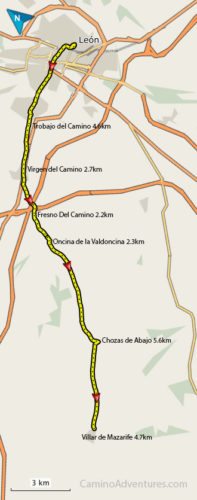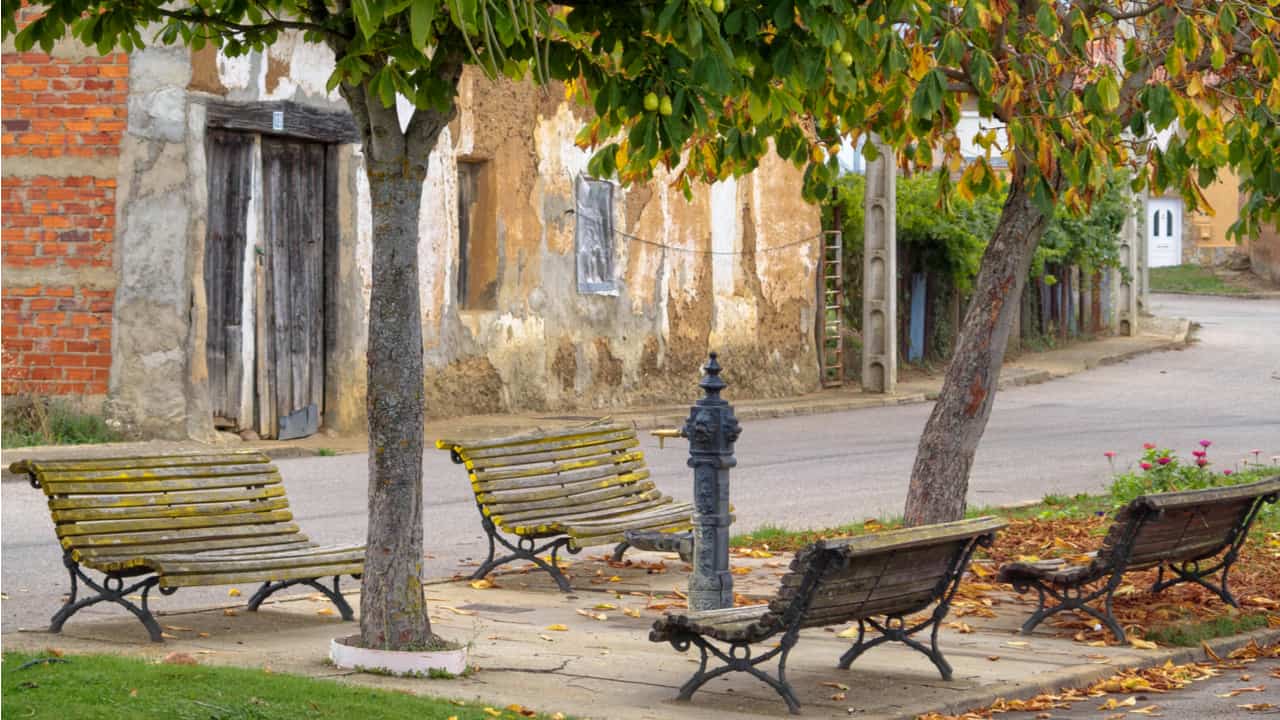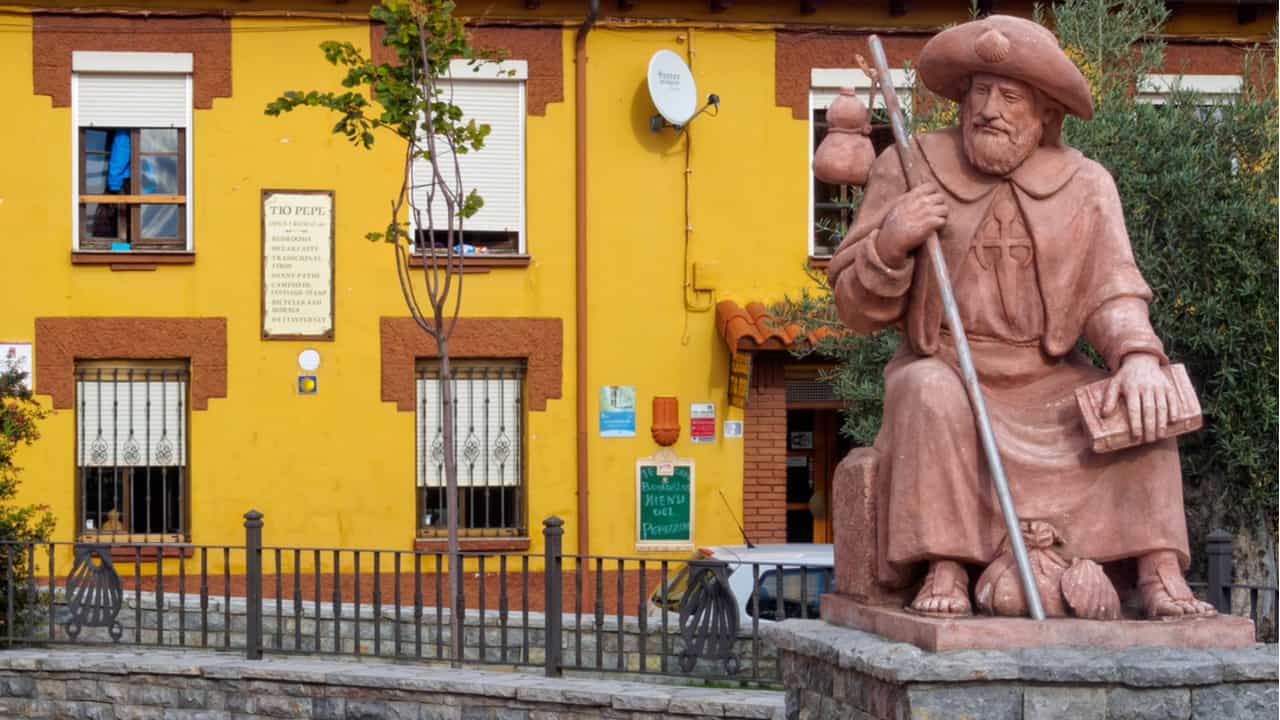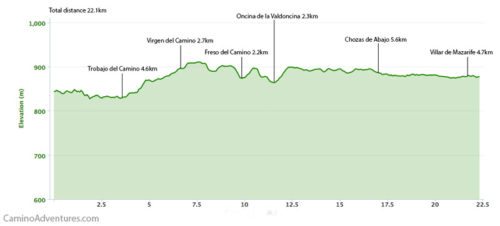Leon’s status as a country town was cemented by the definitive settlement of Legio VII Gemina in the year 74, but it began as a Roman military camp of Legio VI Victrix around 29 BC.
After suffering significant depopulation as a result of the Muslim conquest of the peninsula, Leon flourished as a part of the Kingdom of Asturias.
The city has lost its importance since the late Middle Ages, in part due to the loss of its independence following the incorporation of the Leonese monarchy into the Castilian Crown in 1301.
Today’s Walk
It is fairly easy to lose the Camino leaving Leon, most of the waymarks are on the ground so care has to be taken not to miss any. Fortunately, the locals are great with pilgrims and will stop you and point you in the right direction if they see you walking in the wrong direction.
The way out of Leon is fairly uninspiring though rubbish dumps and industrial areas, but not as long and tough as the route into Burgos. The Camino once again hugs the N120 all day.
If you are jumping parts of the Camino due to time constraints this is a day to miss.
After Virgen del Camino, (about 7km), the route is less industrial and becomes rural countryside once again. Virgen del Camino is a good place to stop for lunch as it has a few cafes, also it is worth stopping to visit the Sanctuary of the Virgen del Camino – about halfway through the town on the right side.
After the Camino passes the A66 motorway between Virgen del Camino and Valverde de la Virgen the route becomes seclude again and you leave much of the traffic noise behind.
This day is easy walking with a long uphill hike at the start, however, it is easy going all day – except on the eyes.
There is a choice of two routes after Virgen del Camino. The older traditional route hugs the N120, the other route is more secluded across the countryside; both routes cross major motorway junctions.
The latter route is not as well marked, but still good enough not to get lost. At the end of this day, the routes finish about 3 km (1.8 mi) apart, therefore it is possible to change the route for the next day. Both routes meet tomorrow at Hospital de Orbigo.
Both routes follow the same path out of Leon until just after La Virgen del Camino. The point at which the routes part is unmissable due to the graffiti on the path pointing and encouraging you to different destinations for this day, one heading south for a time, the other west.
Trobajo del Camino
4.6 km (2.8 mi), all services
Trobajo, once the Jewish area of Leon, feels like a suburban part of the city as you have not yet left the built-up area, the town has 25,000 inhabitants and one albergue. The albergue is used more with pilgrims not wishing to stop in Leon for the night.
Within Trobajo there is an unremarkable parish church dedicated to St John the Baptist, however inside there is a Statue of St James as the Moor slayer. On the outskirts of the town, there is a stone cross on a small hill which affords great views back down over Leon.
La Virgen del Camino
2.7 km (1.7 mi), all services
There is only a signpost that informs you that you are entering La Virgen del Camino, as there is no real demarcation between it and Trobajo.
The Sanctuary or Basilica La Virgen del Camino is the main sight to visit. This building was started in the 1950s and completed in 1961.
It is a rectangular box that is only worth viewing from the front. The front faces westward to Santiago and has massive bronze statues of the twelve Apostles, with St James raised just above, and the Virgin at the top.
Each statue measures 6 meters and weighs 700 kilos (1320 lb). Inside the retable from the previous church has been retained and is topped by a 15th-century figure of the Virgin.
This church was at one time a pilgrim destination in its own right. The Virgin appeared to a shepherd. Alvar Simon, in the early 16th century and ordered him to build a church on this spot. However, the shepherd had to convince the Bishop of Leon to build first a hermitage, he did this by hurling a stone in his sling that turned into a boulder, this convinced the Bishop.
This gave rise to the cult of Virgen del Camino throughout the area of Leon; many miracles have been attributed to the Virgin at this spot. The best know miracle concerns Alonso del Rivera in 1522 who had been captured by the Moors in Africa.
He asked the Virgin to allow home to travel on a pilgrimage to Virgen del Camino. His jailers knew of his request and locked him in chains inside a chest. The Virgin miraculously broke his chains and carried him out of the box to Vigen del Camino where the bells rang with joy as he escaped the Moors.
Route A – Leon to Villadangos del Paramo – 21.8km
Valverde de la Virgen
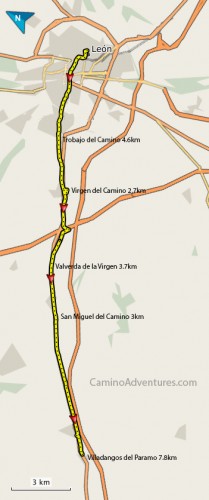
Small wayside village with a parish church decicated to Santa Engracia an old Hispanic cult. The village was once called Valverde del Camino.
San Miguel del Camino
3 km (1.8 mi), water, cafe
The village is documented as having a pilgrim’s hospice in the 12th century, however today it is a wayside village providing refreshments to passing pilgrims.
The local parish church is new and nothing remains of the internal statues, one of which is now in the San Marcos museum in Leon.
It’s a 7.8 km (4.8 mi) walk to Villandangos, where you will find all services.
 Route B: Leon to Villar de Mazarife 22.1 km (14 mi)
Route B: Leon to Villar de Mazarife 22.1 km (14 mi)
Fresno del Camino
2.2 km (1.4 mi)
The Camino skirts the edge of village. The is the parish Church of San Andres.
Oncina de la Valdoncina
2.3 km (1.4 mi), water
Oncina is a tiny village with only 23 registered inhabitants.
Chozas de Abajo
5.6 km (3.5 mi), water, cafe, shop
Behind the cafe on Plaza San Martin there is a picnic area and an ultra modern bell tower made from steel.
Villar de Mazarife
4.7 km (2.9 mi), bar, cafe, water, and shop.
Villar de Mazarife is a village of only 500 inhabitants that appears to be doing everything it can to attract the pilgrim traffic. An albergue on the outskirts has yellow arrows leading to it, even the fruit shop has Camino in its name; there are gift shops and a museum with a small attached art gallery.
Leonese Páramo owes its existence to Mazaref. Mazaref, a patriarch of a famous line of Cordovan Mozarabs who, under the protection of the kings of León, undertook enormous to repopulate these regions of the high Páramo.
Historic documents dating back to the last decade of the IX century, as well as the following X and XI centuries, mention the settlement of Mazaref.
The site of Villar was not chosen randomly. It was a strategic point on a Roman road that linked important cities.
What do I attract? I have noticed that some people attract that which they fear the most. Am I doing all I can to attract the best into my life?

I love hiking, backpacking, and camping. From the Camino de Santiago to the West Highland Way in Scotland or simply a great day hike on the weekend. Hiking refreshes me, my mind, and keeps my body reasonably fit. So far I have walked three Camino routes and many other long distance hikes in the UK, Canada, and around the rest of Europe. One of the best was my hike up Ben Nevis.

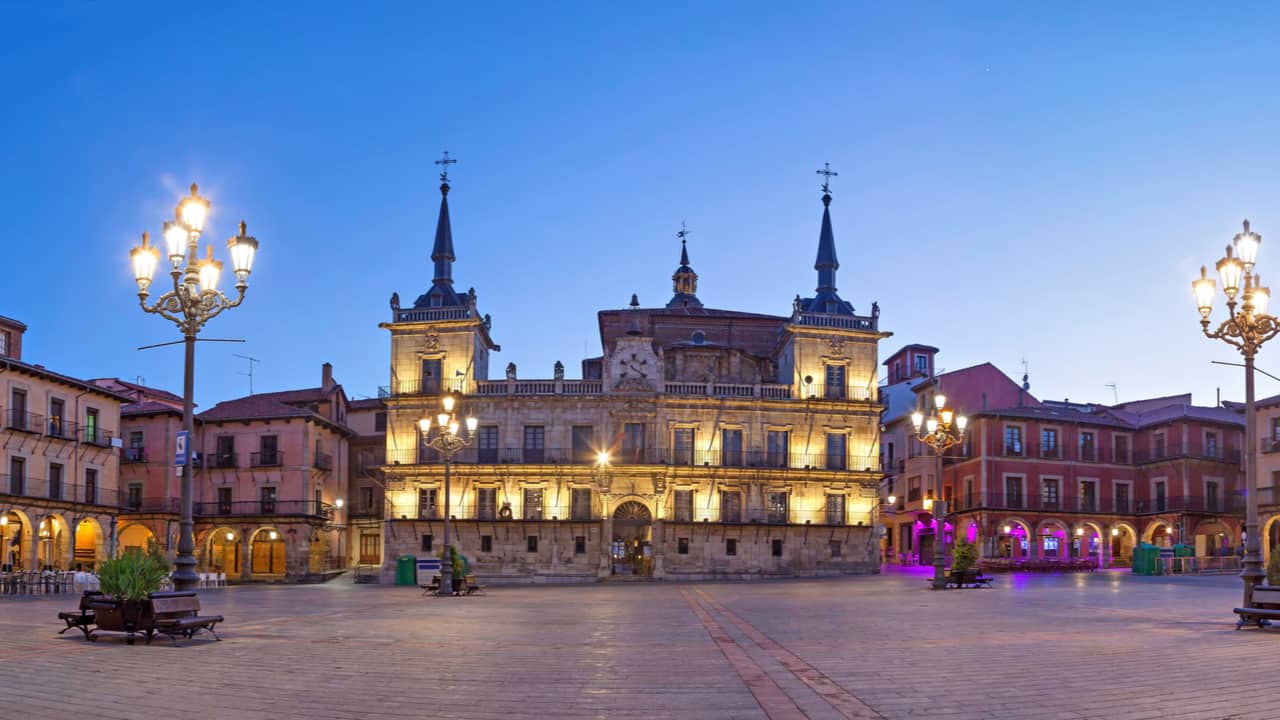
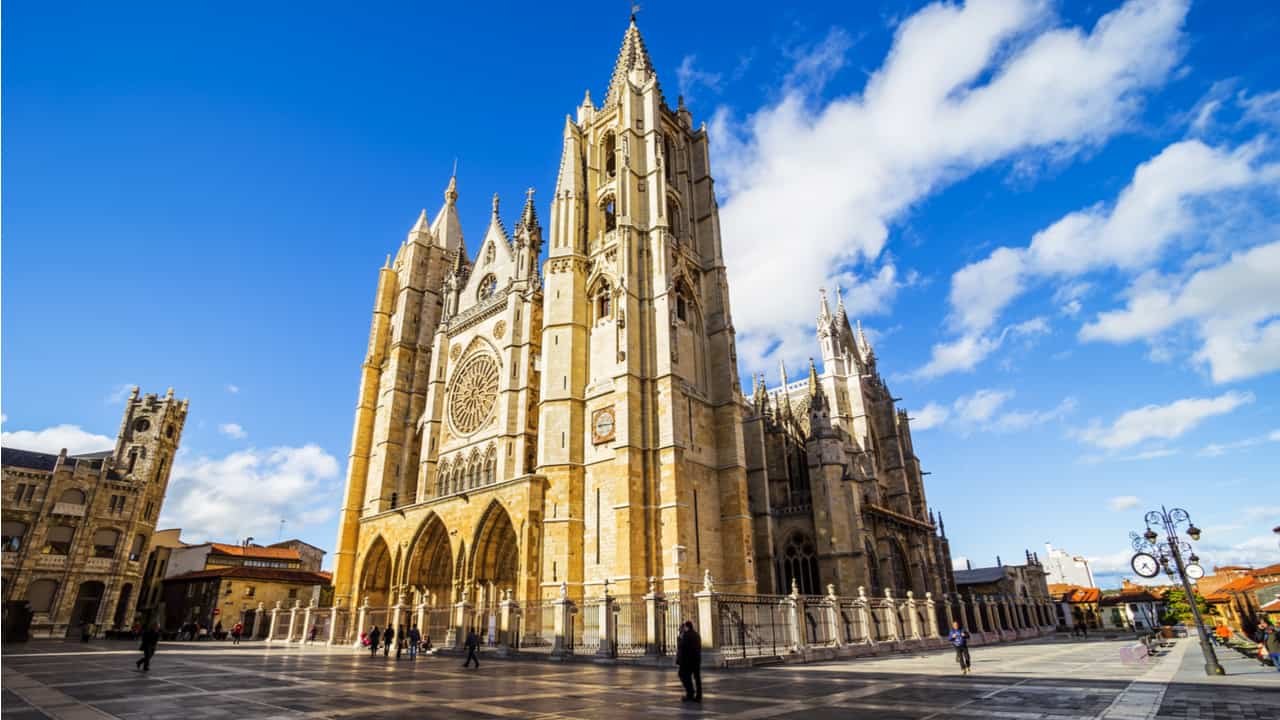
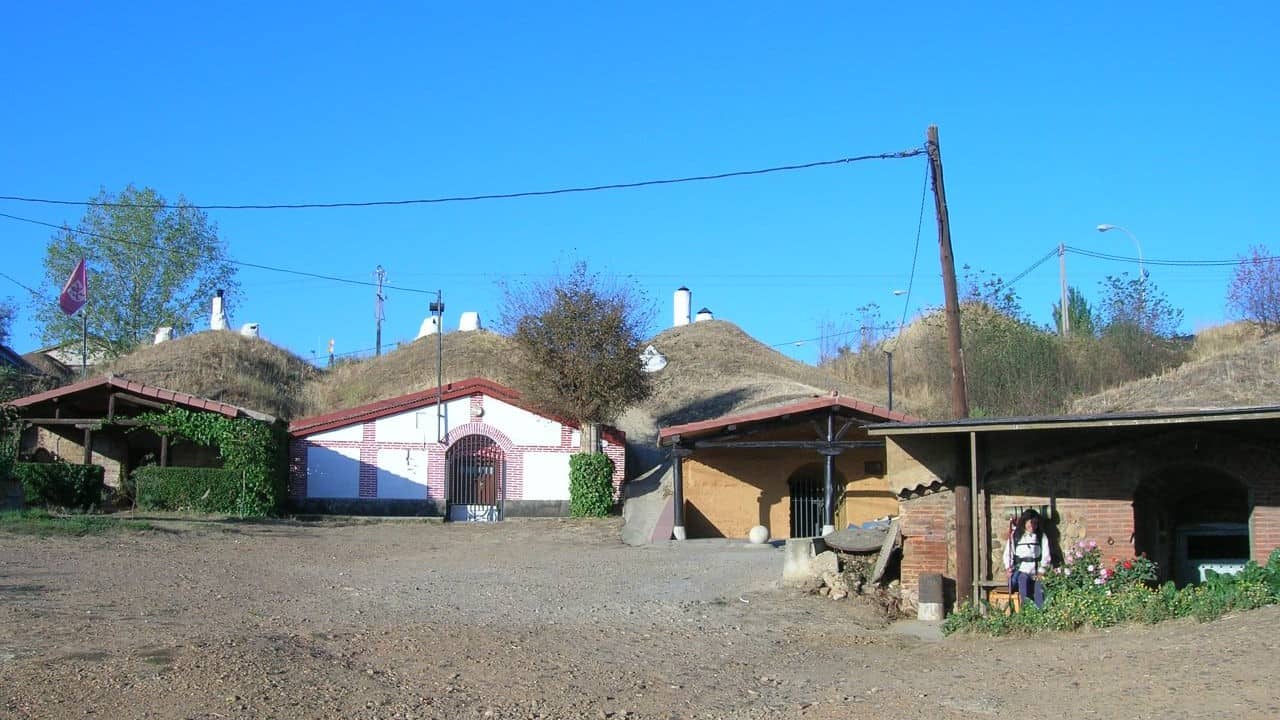
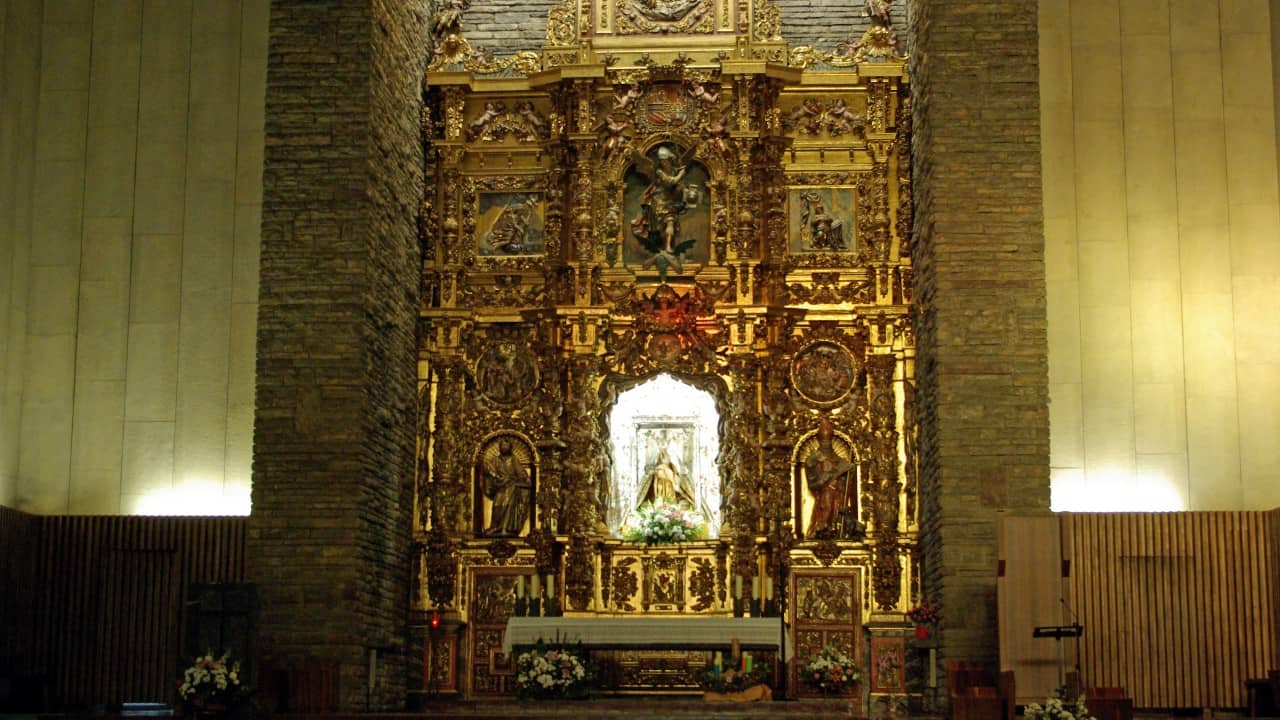
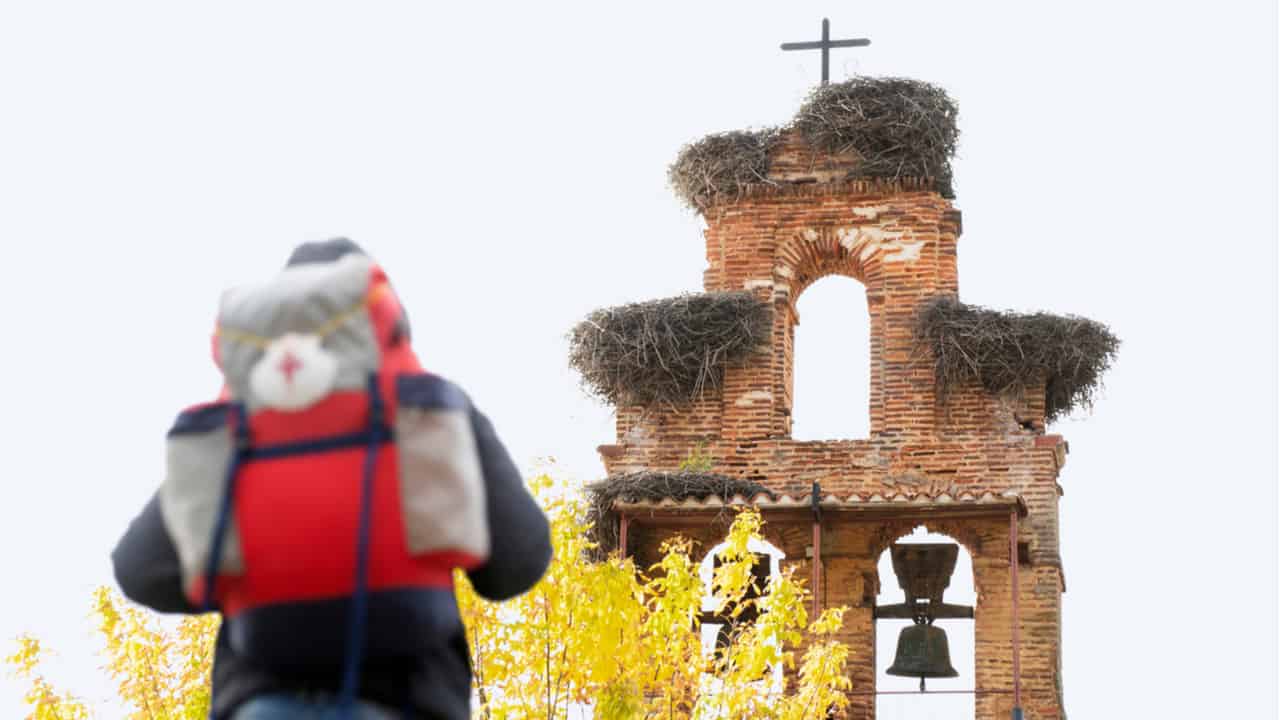
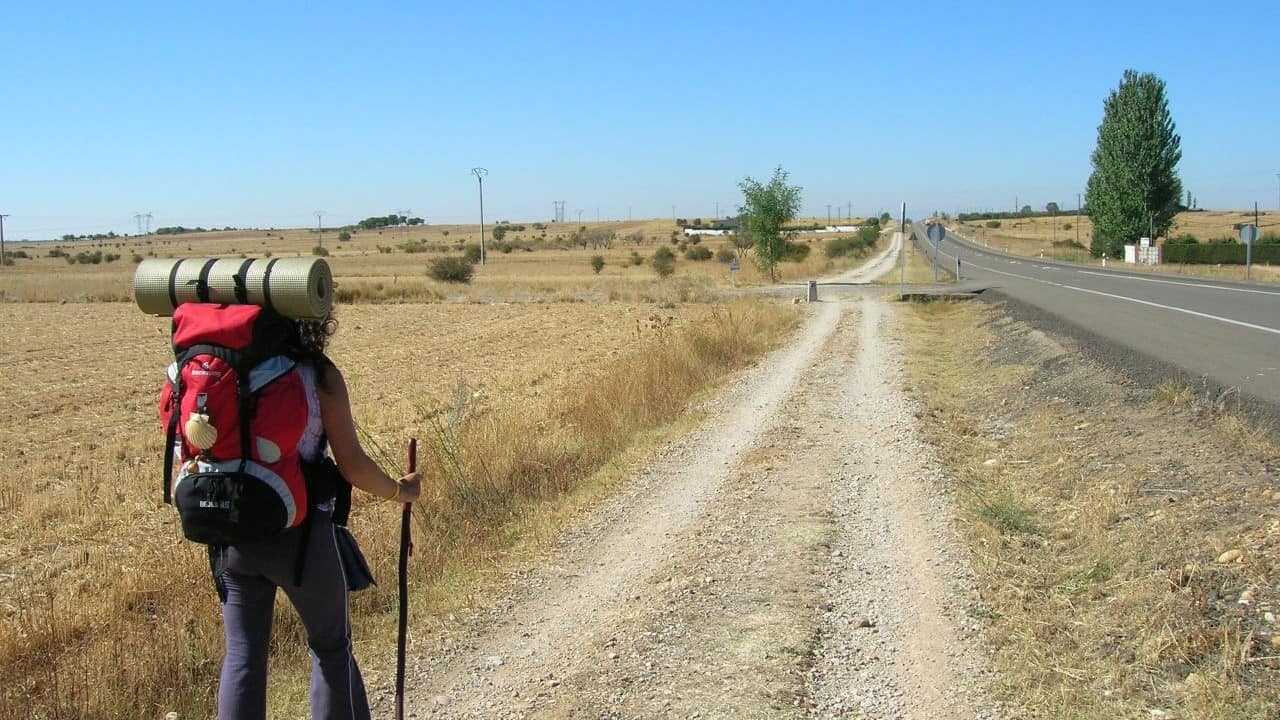
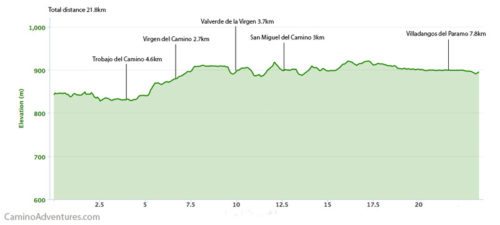 Route B: Leon to Villar de Mazarife 22.1 km (14 mi)
Route B: Leon to Villar de Mazarife 22.1 km (14 mi)